CONTENTS:
I. Introduction.
II. A condensed view of Scholten’s theory.
III. Two cases – Refined Case Analysis Based on Two Levels of Repertorisation (Kent and Scholten)
Outlook to upcoming articles in this series:
IV. Evaluation of the essence of cancer cases
V. Theoretical aspects
a. Syndrome shifts
b. Miasmas – in comparison to constitution and life-conflicts
This article covers a short introduction to the subtle but profound influence of the mind upon physical manifestations of diseases.
Since Hahnemann, the relationship between mind and body has always been reflected in the prescribing of homeopathic remedies. Moreover, Scholten has elaborated the mental dimension (thoughts) of remedies, for the chemical elements of the Periodic Table (PT).
I.
Introduction
My contribution to the internet dialog of Hpathy Ezine about the development of Homeopathy is grounded on the basis of two already published articles in this Journal, in April 2007 (Enriching Your Homeopathy by Edward De Beaukelaer and On the Study of Homeopathic Materia Medica by Constantine Hering).
LAW OF SIMILARITY
In a brilliant article, De Beukelaer describes how Hahnemann started prescribing for diseases rather than for the patient. Merely prescribing for present complaints and diseases, Hahnemann was not able to cure a patient with chronic illnesses. In his work about Chronic Diseases, he started to elaborate the theory of miasms causing diseases. However, followers of Hahnemann observed that the constitution and mind of a particular patient had great influence in establishing a disease process.
De Beukelaer describes the important steps for the development of Homeopathy made by Gathak and Pasquiero who stressed the fact that disease comes from inside. The psychological constitution of the patient became of interest. Vithoulkas described very refined pictures of homeopathic remedies. Masi progressed the study of the Materia Medica (MM) by elaborating themes for the remedy, touching mental aspects of remedy and patient.
Scholten offered a systematic homeopathy for the minerals. He was able to present a classification of the smallest particles of our “material” world, so called atoms and molecules. He even shed light on the psychological dimension of the PT showing that each element is associated with a particular life-conflict or even a life-theme of the patient. Combining two atoms we get minerals, which represent hundreds of different psychological situations of a person.
We are now in the position to see mineral remedies from a holistic point of view (mind/body) as well as in a systematic order.
To highlight the importance of Scholten’s investigation, we may have a short look at the MM. Here, I refer to the second article of Hpathy Ezine, On the Study of Homeopathic Materia Medica by Constantine Hering: Already 100 years ago, C.Hering has demanded a systematic MM.
MATERIA MEDICA
Let me repeat some statements of C.Hering stressing the importance of a systematic MM:
“… If we were in possession of a scientific arrangement of the Materia Medica, we might make it the basis of our study of the medicines; but at present we cannot expect to construct anything satisfactory on such an uncertain and incomplete basis … The memory is incapable of retaining anything but what is presented to it in connection with something else; an idea is easily brought to the recollection only when in connection with others … The time is, we hope, not far distant, when we shall be able to talk about the objects of our science in the same manner as natural historians do of theirs – when, like them, we may be able to give complete descriptions of these objects, without touching upon the unimportant matter. The time, we hope, is at hand, when we shall know what is and what is not important in our Materia Medica …”
These are C.Hering’s words about 100 years ago.
Over the last two decades, Scholten has elaborated the PT and was able to make a classification for the chemical elements and its molecular components. Group analysis enables us to find out the essence of the particular atoms and their corresponding salts. We are able to study and use the minerals in comparison to each other. Moreover, we are now in the position to use new remedies, which are rarely or not at all proven (see following cases).
Group analysis by Jan Scholten: the view beyond the boundaries.
II.
A Condensed View of Scholten’s Theory,
its Value and How to Use it Including Unknown Remedies.
Example of Two Representative Cases.
Concerning the PT, Jan Scholten has given a classification of the smallest parts (atoms and molecules) that constitutes animated matter.
This elaboration has brought about a quantum leap and we are now able to prescribe on a very hierarchic level. We now have clear essences and a classification for the minerals, which Constantine Hering had demanded a century ago.
We can use the PT – a hierarchic order prevalent in nature – as a MM as well as a repertory. The PT has become an integrated concept of MM and repertory.
Particular remedies represent themes, in a way life-conflicts of the patient, which have to be carefully investigated. With the help of group analysis we can perform a precise prescription. By this way even unknown and unproved remedies can be understood in their essence and used for prescriptions. This approach yields striking results even in severe cases.
To be able to look for the conflicts, Scholten has offered a description of the psychological dimensions of the chemical elements. Hahnemann has already emphasized the importance of the emotional state for prescriptions, whereas Scholten has discovered mental concepts: a life-conflict or life-theme for a particular patient. By group analysis we are now able to perform a differential diagnosis of chemical remedies. – The Osmium case, and the Cupr-n case show that there is no limit to the use of this method for rarely known or unproven remedies (see also image below).
By presenting these two cases (Hashimoto’s disease – Osmium; severe asthma and hay fever – Cupr-n) we answer a question: are we limited to remedies that are well proven as nat- m, nat- c and nat-s or are we today in a position to go further by the method of group-analysis to understand also nat-f, nat-i, nat-nit etc., which have the same importance but are not or are not well-proofed.
So far we are in the position to indicate a remedy very precisely and predominantly on the mental level.
“Gemütssymptome”, Hahnemann / Mental Concepts, Scholten.
While Hahnemann has stressed the emotional part of the patient in his § 210 (where he writes that „Gemütssymptome” are of most importance by choosing a remedy), Scholten has established the possibility to indicate a remedy on the mental level, which yields more precision.
METHOD
SCHOLTEN has now found a system for the minerals, where we can use coordinates, a series for each “electronic shell” and each of these series can be divided in stages which represent a development, peak and decay of a theme (series) concerning the ego, relationships, tasks and duties, science and ideas and leadership.
Series
The Series have a certain Theme, different from stage to stage. There is a period of development of this theme, a peak where the theme is fully developed, and a period of decay, all this step by step. Each of the series is named by its most important represent:
The CARBON-SERIES represents the ego and the self-worth of a person,
the SILICA-SERIES represents the relationships, you and I and the capacity of making contacts,
the FERRUM-SERIES represents work, routine work, tasks and duty. People with such a constitution want to be correct, they want to be perfect and try to control; on the other hand they are afraid of failure.
The SILVER-SERIES (Argentum) represents art and science; this means also the ideas a person is able to bring to other people. Here we find the artists, the writers, the composers, the painters, the scientists, even top sportsmen.
The AURUM-SERIES represents leaders and managers, kings and politicians, individuals who are able to start and organize large projects and who are able to lead people and be responsible for the people and for the projects.
Let me display an example of the stages of development, peak and decay. I’ve chosen the series of relationships, the SILICA-SERIES, because here we have well known remedies.
Stages
In the beginning of this series there is Natrium, which stands for impulsive and spontaneous contacts, contacts that are in some way naive and simple and have to be finished, so finally these natrium-minded people are often found left alone.
Magnesia has uncertain relationships, they feel very insecure concerning contacts. They have a desire for peace and are afraid of loosing contacts. In a second stage they can react very aggressive because they’ve stored aggression for too long a time. The state in childhood is that of quarrelling parents, this makes these children very afraid of loosing contact to the parents – mag-sil is afraid to loose the family, mag-p to loose the friends, mag-s to loose the partner and mag-mur to loose the mother.
From Alumina a strange feeling about it’s own identity is well known. Here three people are involved into a relationship and the patient is often uncertain and not conscious about the role he really plays in a constellation (e.g. a kidnapped person becomes sympathetic with her kidnappers – her identity changes, called the “Stockholm-syndrome”).
Silica represents the peak of this series: here is the family,
the structure, organization, and character of the family; blood-relationships; the image; the father is the corner stone of the family.
At stage 10 the theme is fully developed:
- Silica for the series of relationship represents the family,
· Niccolum represents the best man in his business in the village,
- Palladium (Silver series) represents the best artist (town),
- Platina (Aurum series) represents the superior leader (country)
Phosphorus is beyond the peak of this series, beyond the family: the person has to leave the family behind, has to go out to the world has to make friends; brothers and sisters, neighbours and friends are related to phosphor – language and learning are closely connected as instruments to get contact to the world, – beyond the family.
Sulfur is far more beyond that peak represented by the family, it’s not only the loss of the family, they merely remember that family state and it is their part to found a family of their own; the main theme therefore is the partner. (There are many sulfur-people who never have been in the position to be successful in starting or creating a family: it’s the characteristic of the single element: all or nothing, no integration).
I’ll stress here one point of sulfur. There is a lot of jealousy according to their position to have a partner, to need some deep relationship, – but in the repertory sulfur is not represented in this rubric.
And Muriaticum, the end of the series of relationships, has still a great desire for contacts. The mother-child relationship is the strongest symbol for MURIATICUM, a connection that is intense and very essential for some time, but has than to be ended. We have symptoms as care, nurturing and self-pity, they give the impression of moaning and complaining.
This is an example of development, career and decline of the themes of the series, here for the silica-series, here for the theme of relationships.
III.
Two Cases
Refined Case Analysis Based on Two Levels of Repertorisation
(Kent and Scholten)
By conventional repertorisation of individual symptoms (§ 153), the indicated remedy can often not be determined. We extend conventional case analysis to the method of Scholten focusing attention on the life circumstances of the patient. Often, conventional repertorisation merely gives suggestions of remedies, whereas investigating the life circumstances of the patient and comparing them with the principal meanings of the elements and various salts (minerals) frequently lead to clear identification of the remedy.
The easy handling as well as the precision of the coordinates is illustrated at hand of two cases.
Hashimoto’s Disease
Osmium
(Case 1)
Using the above mentioned method, I was able to select the remedy “instantly”, as C.Hering demanded. Conventional repertorization could not give any hints for this remedy.
A hotel manager suffering from Hashimoto’s disease comes with pain and swelling of the thyroid gland, the blood tests are rather bad (high antibodies).
Immunthyreoditis Hashimoto
TSH 6.32 mU/l (0.5 – 3.5)
Thyreoglobulin Antibodies 143 U/ml (<100)
Perioxidase Antibodies 1213 U/ml (<100)
Life-Circumstances: She is the manager of one of the superior hotels in the world, has a lot of pressure, she has to persist to bring things through, she has to push the hotel, has to coordinate and there are of course a lot of intrigues and resistance. She is a crisis-manager.
This amount of work and pressure, pushing things through, we only find at stage 8. Her position is that of a manager, therefore Aurum-Series, this indicates Osmium.
ANALYSIS: The patient holds an executive position in the tourism industry. She works under enormous pressure, often late into the night, and must attend to the company’s business on weekends as well. She is exposed to the most extreme tension, much of which is pent up inside of her, and she is frequently agitated and aggressive.
After a dose of Osmium 200 (mid March 1997) and later 1000 (April 20, 1997), the serum test results from April 30, 1997, are:
TSH 2.79 mU/l (0.5 – 3.5)
Thyreoglobulin Antibodies 57 U/ml (<100)
Perioxidase Antibodies 277 U/ml (<100)
The case was observed for two years; the values are still almost normal.
Severe Asthma and Hayfever
Cuprum Nitricum
(Case 2)
Cuprum nitricum is not mentioned in the MM – only an intoxication is described by J.H.Allen.
Male, now 43 years old. I was not able to cure his asthma and severe hay fever for over seven years; after a period of treatment his symptoms became worse at 3 am:
SYNTHESIS: respiration, difficult, 3 am: chin 2, cupr 2, kali-c 3, kali-n 3. Kali-bi, kali-n and other remedies helped him for some time but never cured.
Then I discovered peculiar neurotic symptoms: He comes into the office “as if he could disturb somebody by walking loudly”, could not stay half an hour on the top of a mountain after climbing it, wanted to go to Switzerland by bicycle but returned when he was only half way there. This made me think of cuprum.
Life circumstances: He should have taken the farm from his father, but he wanted to become a forester. His father insisted on his idea, making his son feel permanently guilty. Self-development, this means CARBON SERIES, here stage 15: need to go out, expansion: NITRICUM.
Series of Tasks and Duties: FERRUM SERIES, here stage 11: clinging to old structures and tasks, rules: CUPRUM.
Since taking cupr-n, the patient has had absolutely no asthma and no hay fever and the terror from his father did not harm him anymore.
CONCLUSION: Here again the Repertory (KENT or SYNTHESIS) gives suggestions, but only the life-conflict of the patient indicates the correct remedy: “not able to leave old tasks behind and to create his life without guilt”. The patient is “holding on to control; cramp”. He is “maintaining order”. It is an extended control and he is dependent on rules.
This points to CUPRUM. On the other hand he wants to expand his person, he is enthusiastic, assertive: NITRICUM.
Both themes together lead to cuprum nitricum, which made him able to expand his life and to not feel guilty anymore. The asthma disappeared completely.
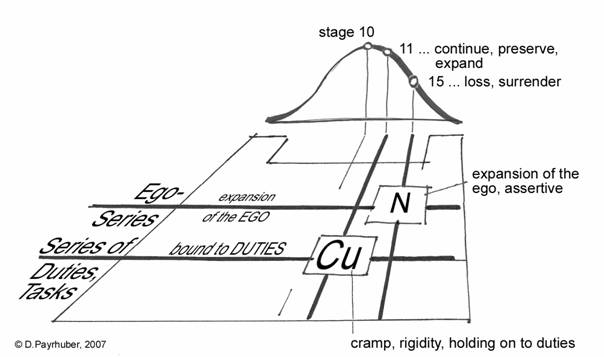
References:
Allen T.F. The Encyclopedia of Pure Materia Medica – Vol 1-12. New Delhi: B. Jain; 1986.
W. Homoeopathische Mittel und ihre Wirkungen. 3. Aufl.; Grundlagen und Praxis (Leer 1986);
De Beaukelaer E. Enriching Your Homeopathy; Homeopathy for Everyone – Hpathy Ezine; April ’07 (online 04 2007); https://hpathy.com/homeopathy-papers/;
Hering C. On the Study of Homeopathic Materia Medica; Homeopathy for Everyone – Hpathy Ezine; April ’07 (online 04 2007); https://hpathy.com/homeopathy-papers/;
Flury R. Realitätserkenntnis und Homoeopathie (mit Karten-Repertorium), RESCH G.& FLURY-LEMBERG M. (Bern 1979);
Hahnemann S. Organon der Heilkunst, 5., verb. u. vermehrte Aufl.; Haug (Heidelberg 1987);
Kent J.T. Repertory of the Homeopathic Materia Medica and a Word Index, Homeopathic Book Service (London 1986);
Payrhuber D. Dimensions of Homeopathic Medicine; Published by the Author (Salzburg 1998);
Payrhuber D. Summary of cancer treatment: cure or amelioration of cancer by using mineral remedies; Abstract of the 6th Congress of the Liga Medicorum, AHZ 05/250 (Stuttgart 2005);
;
D. Krebs und Homoeopathie; Eigenverlag (Salzburg 2006);
Payrhuber D. Cancer and Homeopathy; Interhomeopathy Vol. September ’06; (online 09 2006); http://www.interhomeopathy.org/index.php/journal/cat/C19/;
D. Krebs und Homoeopathie, AHZ 01/06, 251: 27-34 (Stuttgart 2006);
;
Payrhuber D. Cancer and Homeopathy; English Version to be published soon (probably 2007); subscription possible;
Scholten J. Homeopathy and the Elements; Stichting Alonissos (Utrecht 1993);
————————————————–
About the author:
Dr. Dietmar Payrhuber
Eduard Baumgarthner Str. 8
A-5020 Salzburg
e-mail: [email protected]
URL: www.payrhuber.at

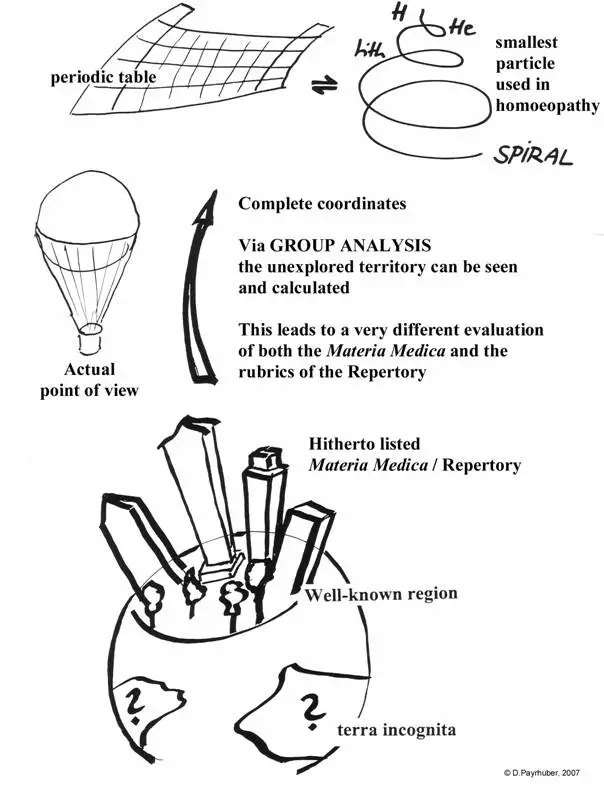


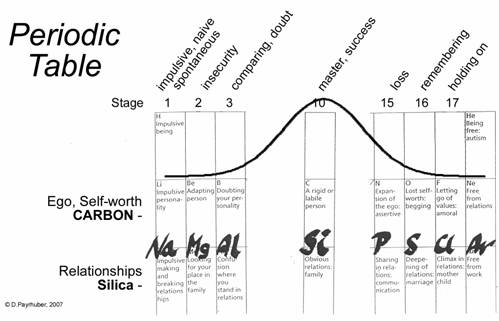
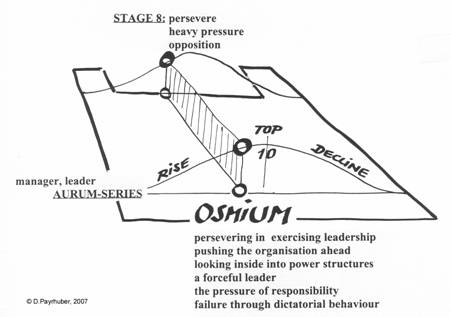
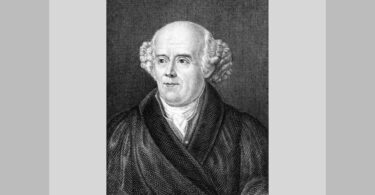
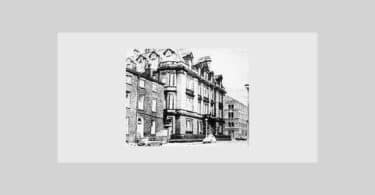
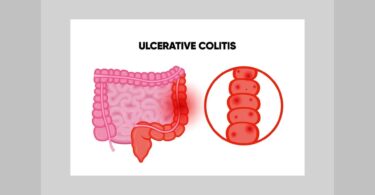

Excelente artículo.